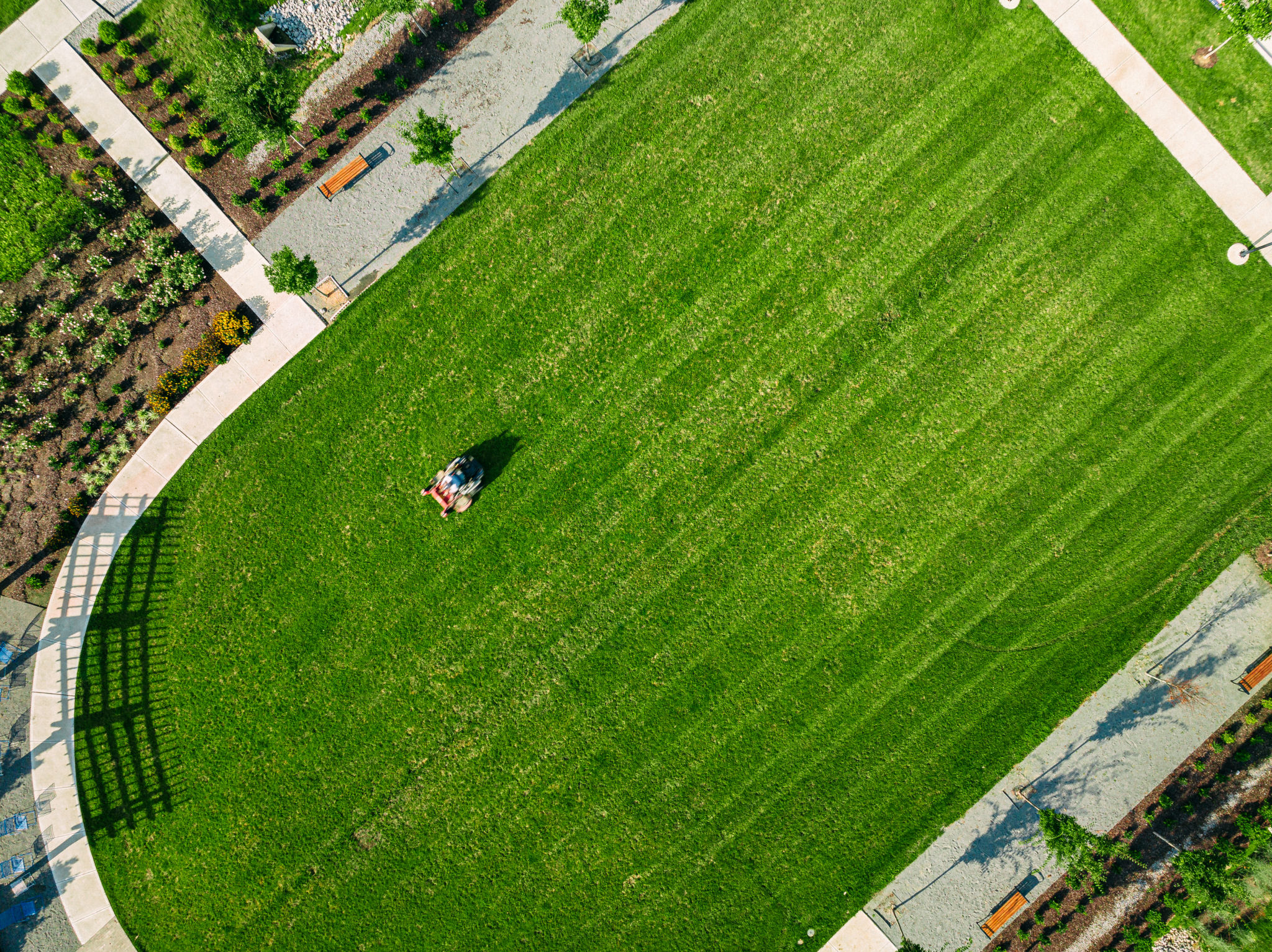Common Myths About Lawn Maintenance Debunked
Lawn Care Requires Daily Attention
One of the most common myths about lawn maintenance is that it requires daily attention. While consistent care is essential, spending hours every day is unnecessary. Most lawns thrive with a regular schedule of mowing, watering, and fertilizing, typically on a weekly or bi-weekly basis. Over-maintenance can lead to issues such as compaction and over-watering, which may harm your lawn more than help it.

Mowing Shorter Means Less Mowing
Many people believe that cutting grass shorter will reduce the frequency of mowing. However, this practice can actually damage your lawn. Grass that is cut too short can become stressed, exposing the soil to direct sunlight and encouraging weed growth. It's best to follow the one-third rule: never remove more than one-third of the grass blade length at a time.
Watering in the Evening is Best
Another widespread myth is that watering your lawn in the evening is ideal. In reality, evening watering can promote disease due to prolonged moisture on the grass overnight. The best time to water your lawn is early in the morning when temperatures are cooler and winds are calmer, allowing for better absorption and less evaporation.

Lawn Weeds Are Only a Springtime Problem
While it's true that many weeds emerge in the spring, they can be a year-round problem if not managed properly. Weeds can sprout throughout the growing season, from early spring until late fall. Regular monitoring and prompt treatment are crucial to keeping weeds at bay and maintaining a healthy lawn.
Fertilizing Once a Year is Sufficient
Some homeowners believe that fertilizing their lawn once a year is enough to maintain its health. However, lawns require nutrients throughout the growing season. Generally, fertilizing two to four times a year—tailored to your specific grass type and climate—can promote lush and vibrant growth.

Drought-Resistant Lawns Don't Need Watering
Lastly, there's a misconception that drought-resistant grass varieties require no watering. While these grasses are more tolerant of dry conditions, they still need occasional watering during prolonged droughts to stay healthy. Monitoring weather conditions and adjusting your watering schedule accordingly will ensure that even drought-resistant lawns remain robust.
By understanding and debunking these common myths, you can cultivate a thriving lawn with practices that truly support its health. Remember, effective lawn maintenance is about balance and knowing what your specific lawn needs to flourish.